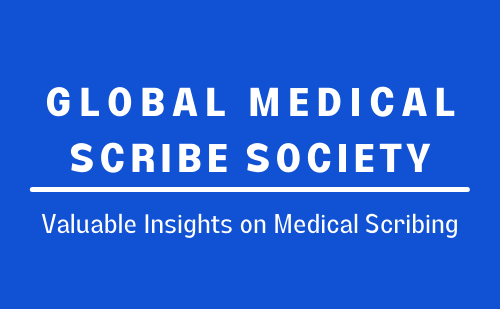Cardiology is a super busy specialty. A cardiologist sees about 15 to 20 patients on an average a day. In addition to treating patients, they have to deal with a mountain of paperwork on a daily basis. And, since 2016, with several changes to the cardiovascular diagnostic codes and guidelines (ICD 10) cardiologists have faced additional administrative burdens. It is here the need for cardiology scribes kick in. Cardiology scribes not only help to meet the documentation demands of EHRs, but also improve physician productivity and practice bottom-line.
Need for Cardiology Scribes
The implementation of the EHRs and the increase in ICD codes have added to the administrative burden and physician burnout. Busy cardiologists spent a considerable amount of time looking at their computer screens than engaging with patients. Moreover, in order to meet the EHR data entry demands and keep up with their patient visits, cardiologists work extended hours in a day. This double burden weighs heavily on cardiologists, leading to burnout. Hence, hiring the services of cardiology scribes can help alleviate much of the administrative burden, see more patients, and ultimately add up to the revenue.
Benefits of Cardiology Scribes
A prospective study was conducted by the United Heart and Vascular Clinic, St Paul, MN, USA on the benefits of using medical scribes. This study compared standard care vs medical scribe care and this was what they found.
- During standard care, the follow-up visits lasted for about 20 minutes and new patient visits lasted approximately 40 minutes. However, during scribe care, follow-up visits lasted for about 15 minutes and new patient visits lasted for 30 minutes. They analyzed 65 hours of patient care using standard care and 65 hours using scribe care spread among 4 cardiologists. They discovered that physician productivity as measured by patients seen per hour increased by 59% and RVUs by 57%. Moreover, with scribe care physicians didn’t have to stay after clinic to complete their paperwork.
- Direct and indirect revenue generated from patient visits increased by $205,000 on account of the 81 additional patients seen over the 65-hour time frame.
- Cardiologists were able to save up to 2.5 hours in a day by significantly reducing monotonous and time-consuming paperwork.
- With cardiology scribes physicians save one-third or even more of their time per visit and see 10% more patients. Just imagine how their practice would grow and bring in more revenue.
- Cardiology practices that used cardiology scribes reaped a 14:1 rate on investment.
Cardiology scribe care improved benefits for all parties involved. Wondering how? Well, this is how it works.
- Patients get more focused care and attention from the cardiologists, as well as better access to care as many slots are available in the cardiologist’s schedule.
- Cardiologists found improved job satisfaction, better time to care for patients, better work-life balance, reduced paperwork, and increased productivity-based pay.
- The scribes received excellent training as they were trained by the first year medical students of the University of Minnesota Medical School.
- The healthcare system also becomes more efficient. They see more revenue by seeing more patients.
When looking for cardiology scribe services make sure to hire the experts who have an experienced team of scribes who are well-versed in the medical terminology related to the cardiology specialty. Cardiology scribes are adept in ICD-10 and other regulatory requirements to improve workflow and ultimately the bottom line. So, make sure to hire only the experts who put their heart into your work!
